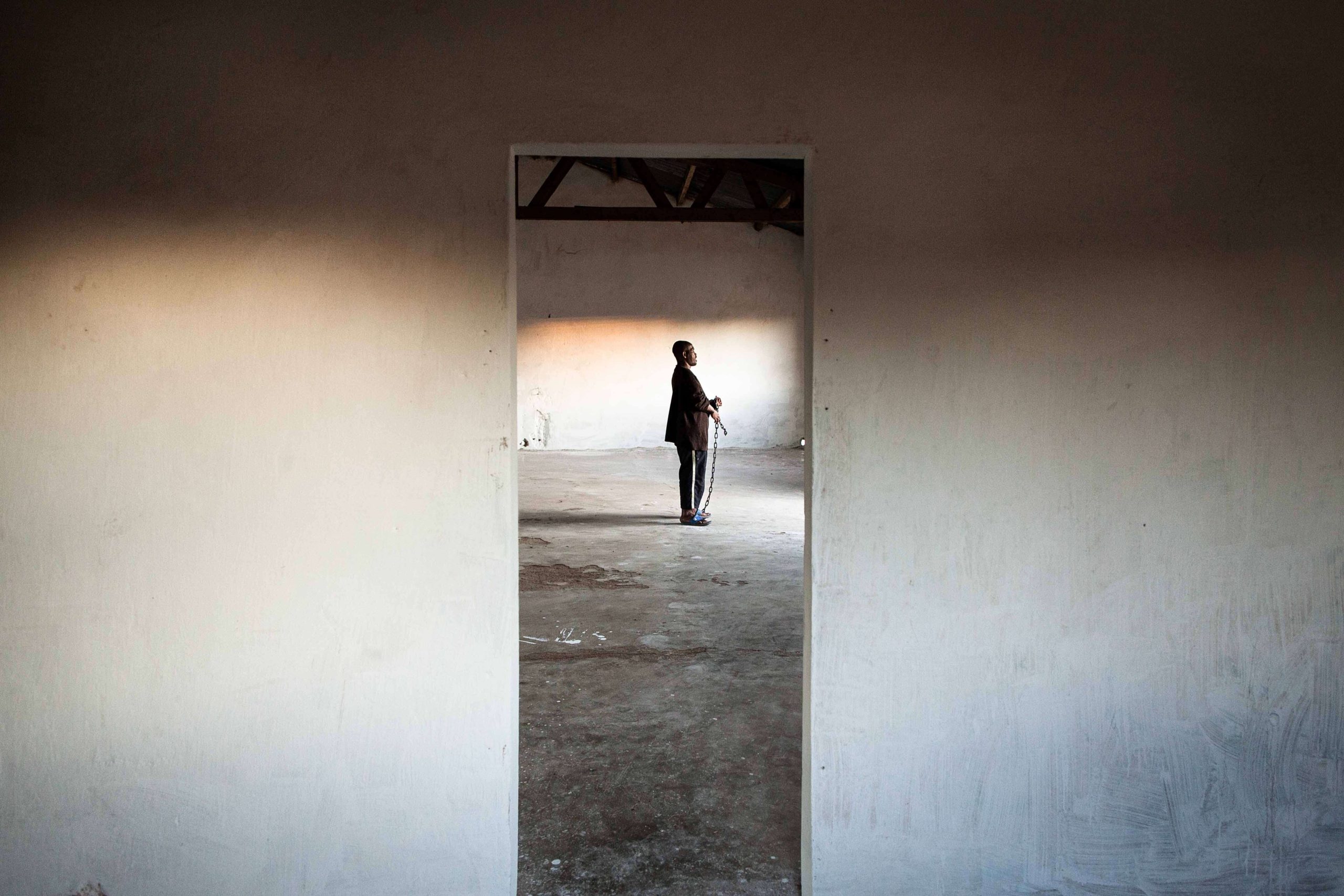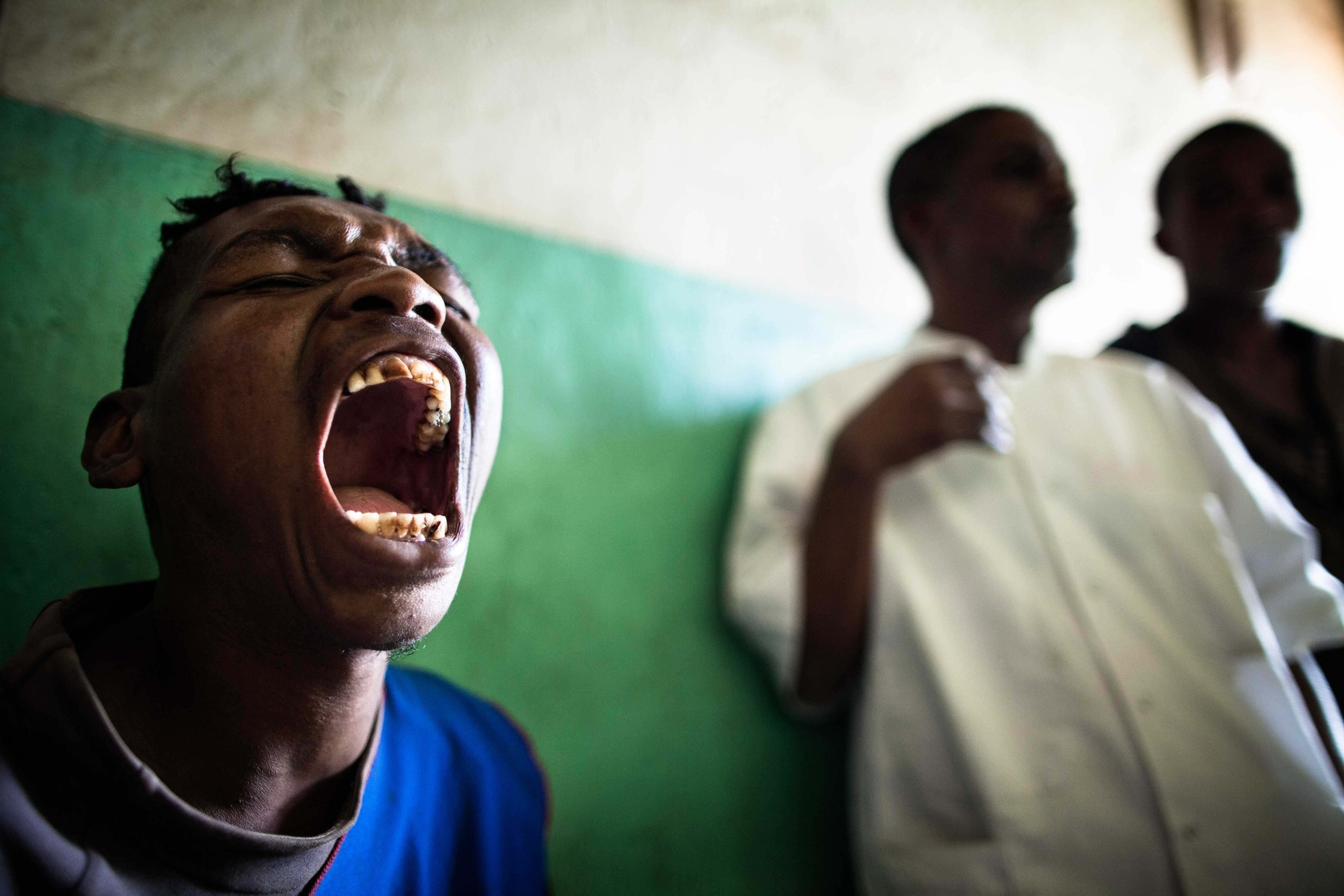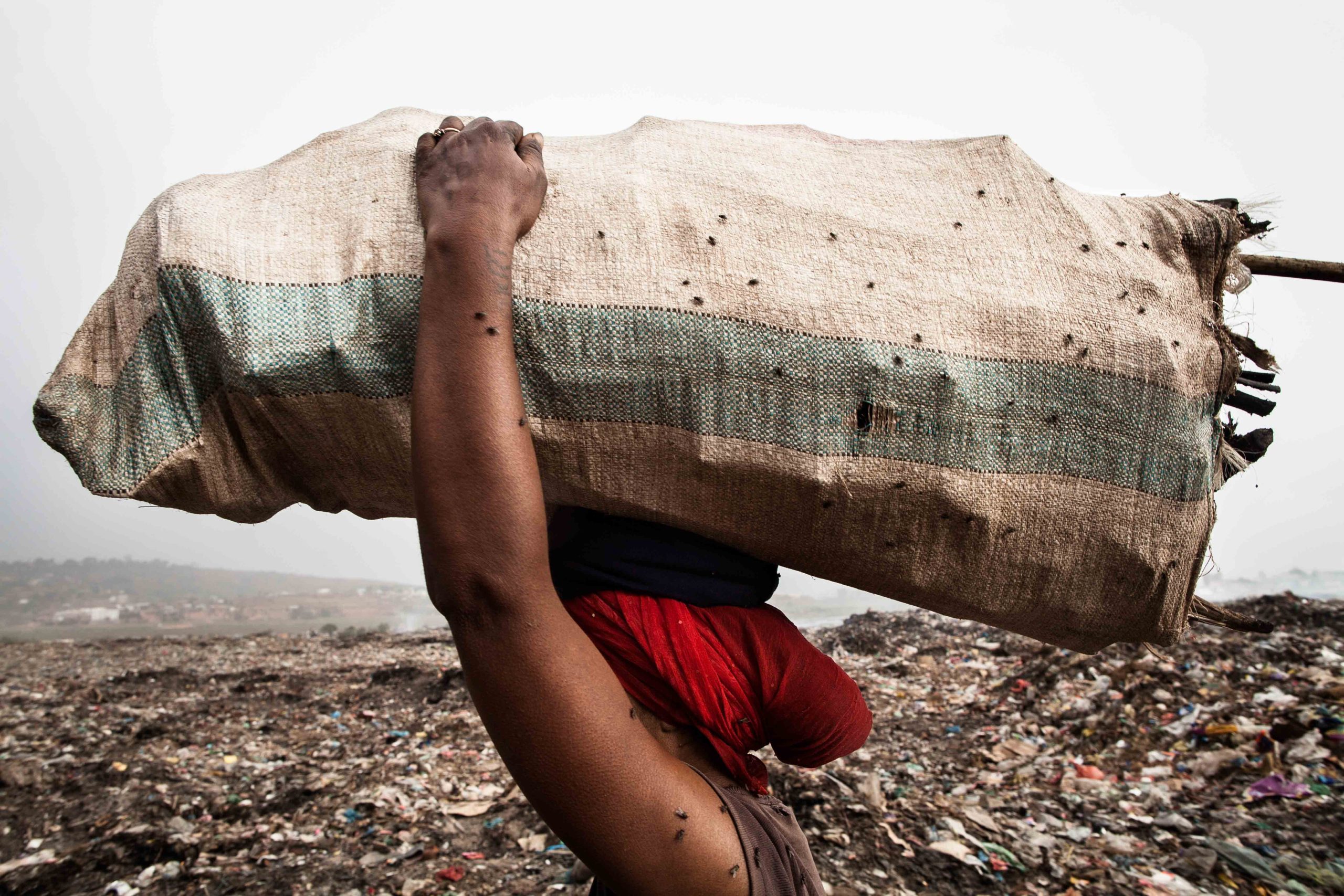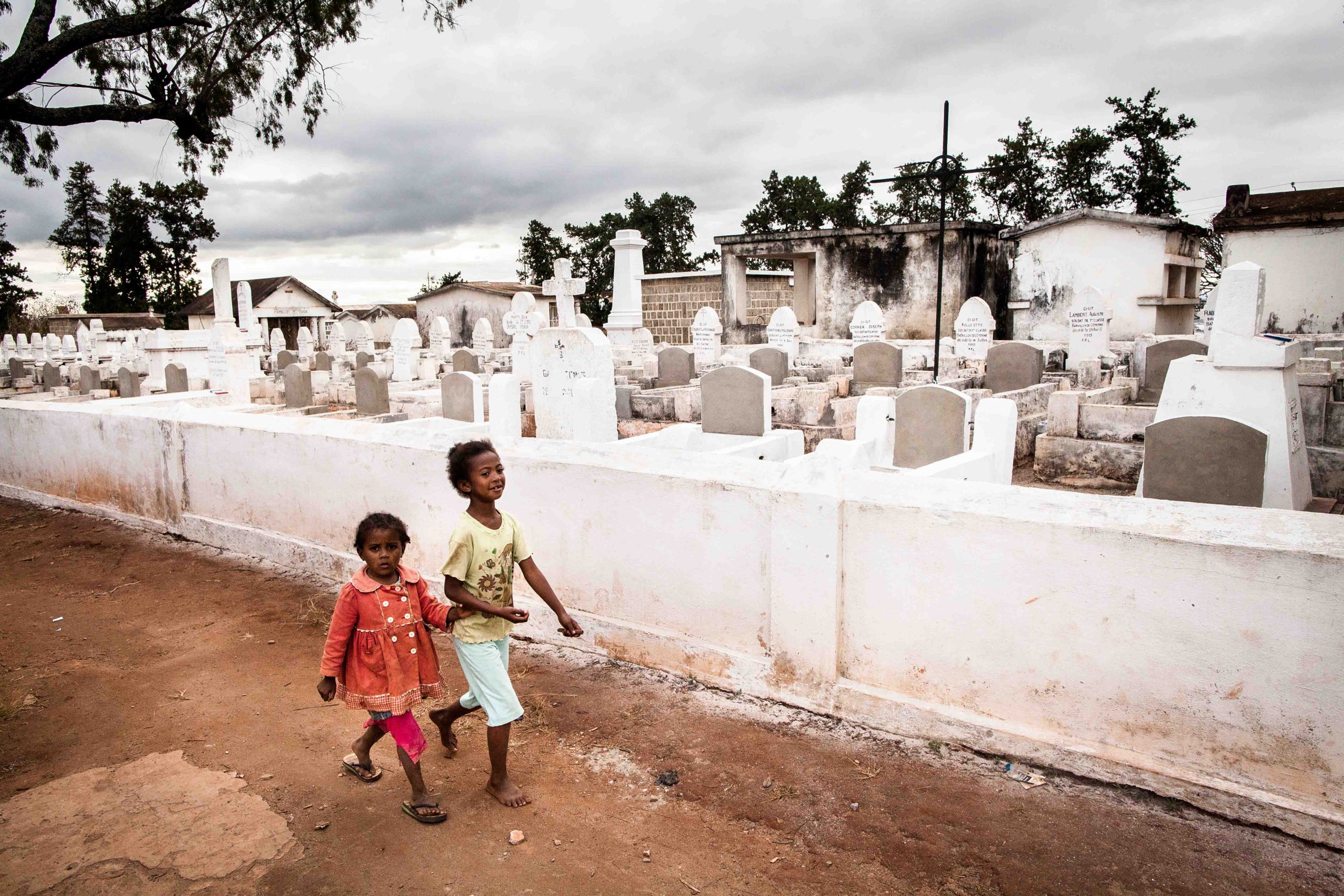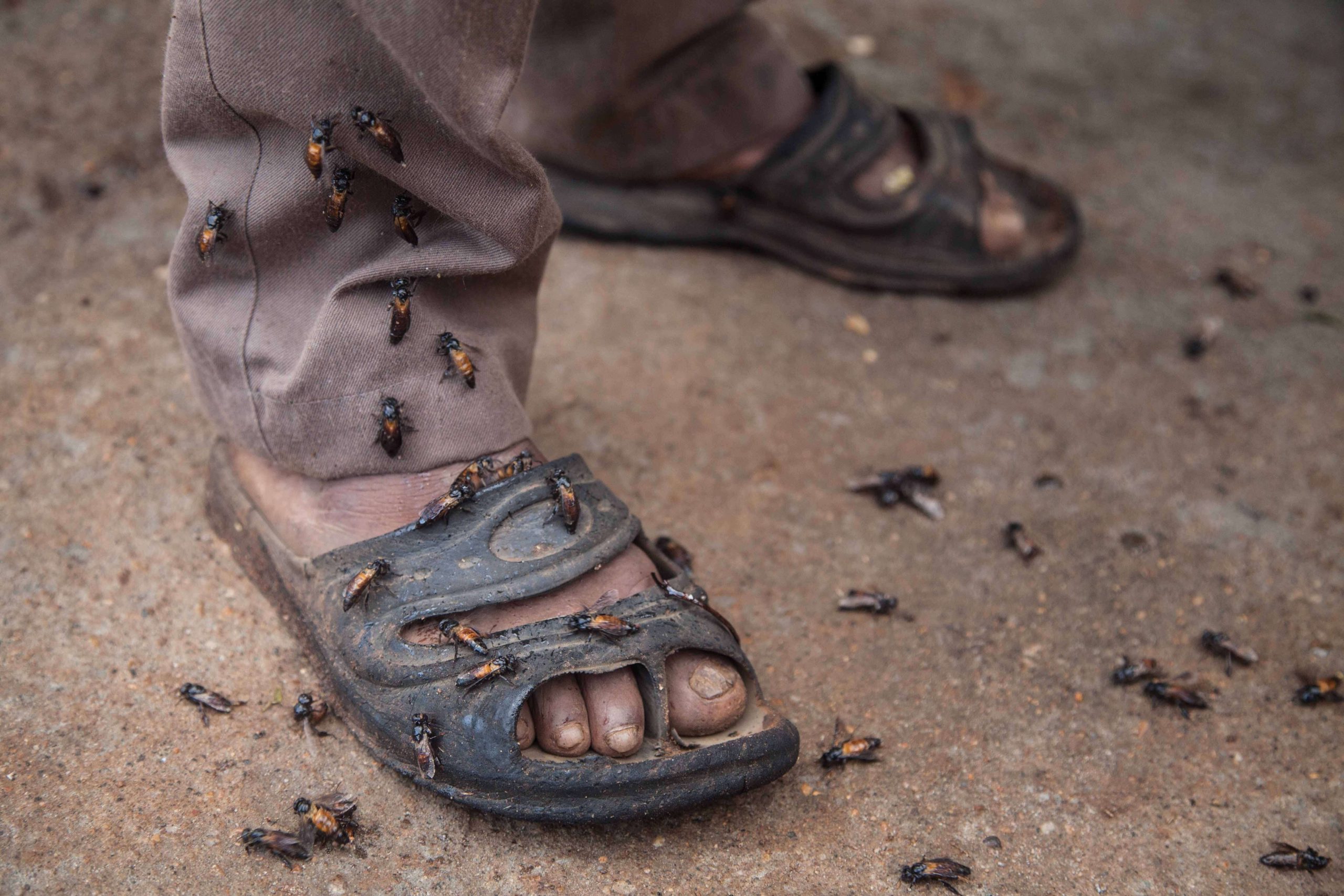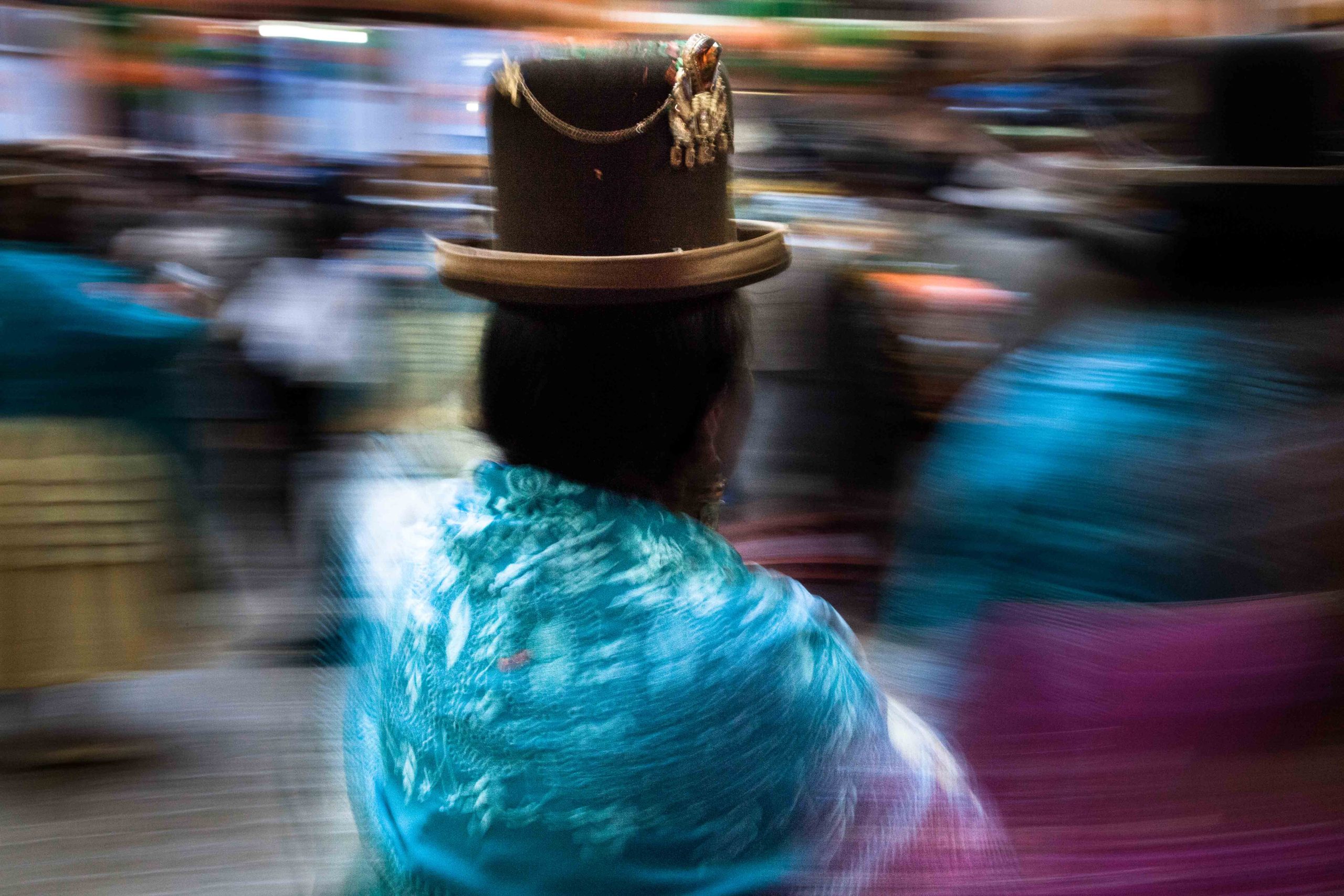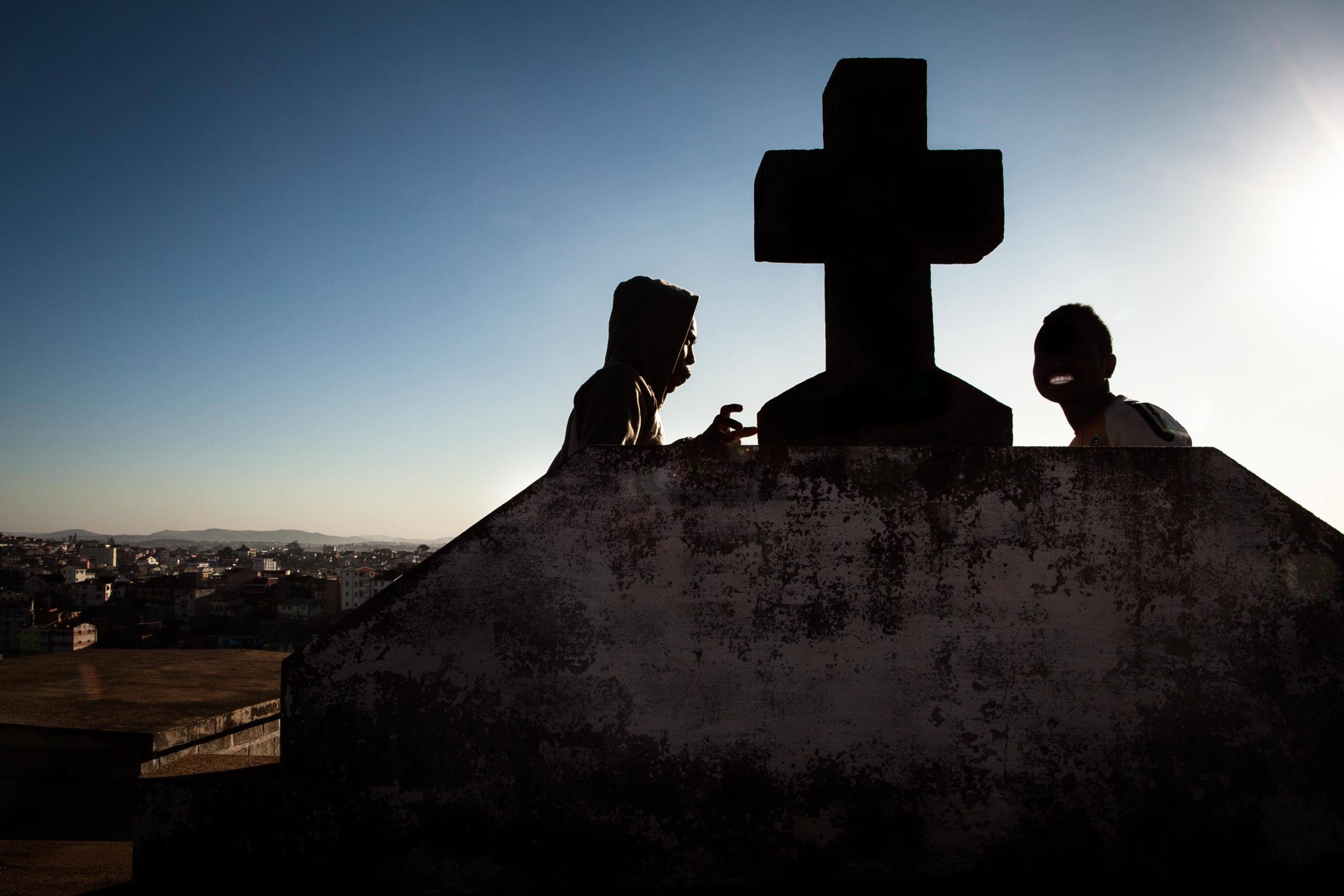
The author
Riccardo Bononi
Graduated in two different fields of social sciences, psychology and anthropology, since 2010 Riccardo has been working as visual anthropologist at the Irfoss Institute in Padua, Italy. In 2015 he joined international agency Prospekt Photographers based in Milan, and in 2022 he joined the American agency Institute. In 2019 he became art director of IMP International Photojournalism Festival in Padua.
Read more